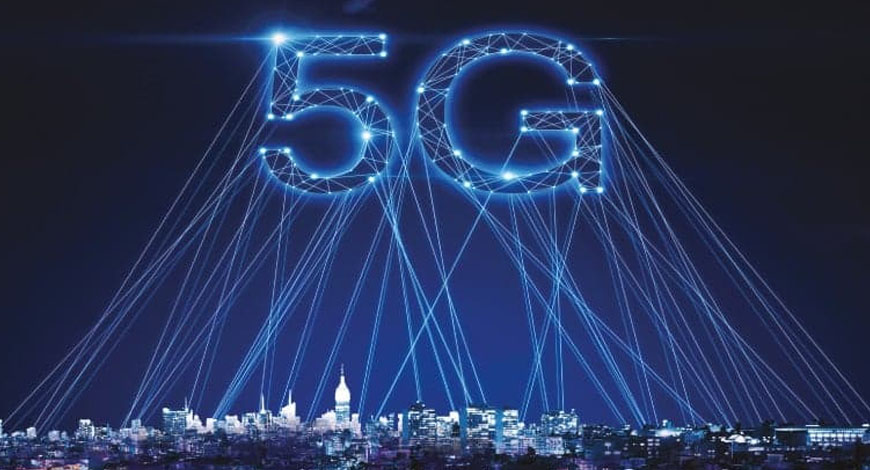5G
Spectrum race to power 5G and bridge digital divide

The International Telecommunication Union (ITU) World Radiocommunication Conference 2023 (WRC-23) is currently taking place in Dubai, setting the stage for critical decisions that will shape the future of global connectivity. This four-week marathon conference brings together delegates from around the world to discuss and allocate spectrum resources for high-speed 5G networks and improved mobile service coverage in rural areas.
The ITU’s secretary general, Doreen Bogdan-Martin, emphasizes the significance of radiocommunications in shaping our digital future. Managed spectrum and satellite orbits play a vital role in building a digital ecosystem that benefits everyone and the planet. With this in mind, the conference focuses on seven main agenda topics, including identifying additional frequency bands for International Mobile Telecommunications (IMT), improving regulatory frameworks for satellite orbits, and utilizing satellite technologies for broadband services in remote areas.
While the future of 6G technology is on the horizon, the immediate focus for telecommunication companies is obtaining additional frequencies for existing services. Telcos are particularly interested in the upper 6 GHz band for high-speed 5G services and the sub-700 MHz frequencies for broader coverage in rural areas. The European Telecommunications Network Operators’ Association (ETNO) highlights the importance of these frequency allocations in meeting digital society goals and reducing the urban-rural digital divide.
One advocate for the upper 6 GHz band is Vodafone, which emphasizes the immense potential of this spectrum for improving user experience and meeting growing connectivity demands. With a positive decision to allocate this spectrum for IMT services, harmonization of services across Europe and other regions can be achieved, ensuring a richer ecosystem of equipment and devices while improving energy efficiency.
However, the spectrum allocation decisions made at WRC-23 are not without controversy. The spectrum bands already have existing uses, such as fixed wireless links, satellite services, and TV broadcasting. Allocating spectrum to IMT services means that these other sectors will lose access to these frequencies. The conference becomes a battleground for vested interests, highlighting the complexity of spectrum allocation.
As WRC-23 continues, the telco community is eagerly awaiting the outcomes that will shape the future of wireless connectivity. The decisions made will impact the global deployment of 5G, narrow the digital divide, and pave the way for a digital future that benefits all. The race for spectrum allocation is on, and the finish line holds the promise of a connected world. ISP















You must be logged in to post a comment Login